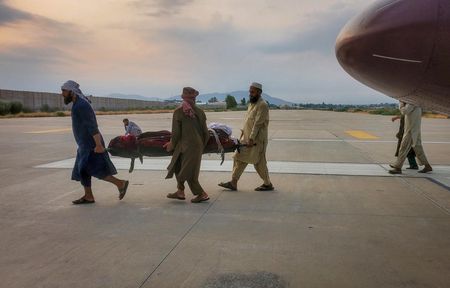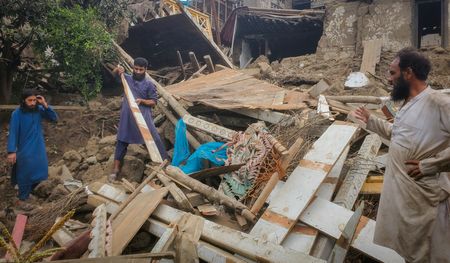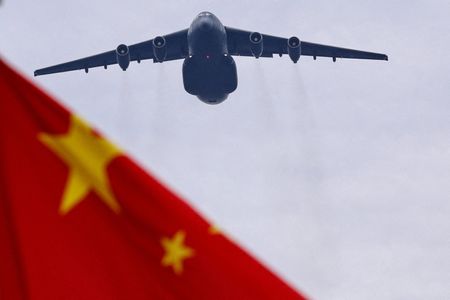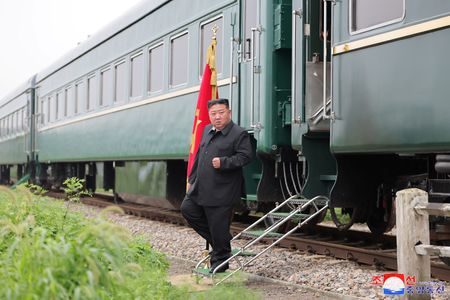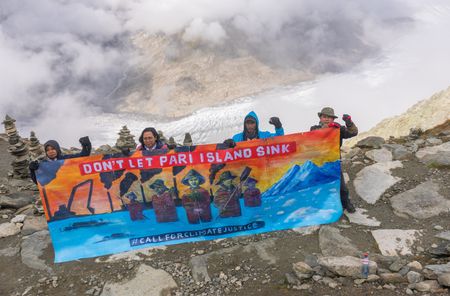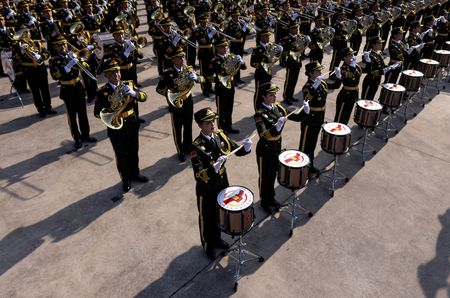(Reuters) -More than 800 people were killed and thousands more injured as a major earthquake struck southeastern Afghanistan late on Sunday, one of the worst such disasters in the country in recent years.
As authorities scramble to rescue survivors, here is a look at what happened, and the devastation the tremors caused.
WHERE DID THE QUAKE STRIKE?
The epicentre of the 6.0 magnitude quake, which occurred at 11:47 p.m. local time (1917 GMT) at a depth of 10 km (6 miles), lay near the eastern city of Jalalabad – among the five largest cities in Afghanistan, and the capital of Nangarhar province.
Tremors were also felt in other South Asian countries, including neighbouring Pakistan and India.
WHAT WAS THE EXTENT OF DAMAGE?
More than 800 people died and 2,800 others were injured as the tremors buffeted several areas of Nangarhar and the neighbouring province of Kunar, where three villages were completely flattened.
Both provinces are located on Afghanistan’s border with Pakistan. While Kunar, which alone recorded more than 600 deaths, lies in the Hindu Kush mountain range, Nangarhar is located to the south of it.
WHAT KIND OF RESCUE EFFORTS ARE BEING MADE?
The Afghan Taliban government has mobilised several teams related to security, health, transport and food, among other domains, to ensure “comprehensive and full support” is provided to those affected.
At least 40 flights have been carried out to transport bodies and more than 400 of the injured.
ARE EARTHQUAKES COMMON IN AFGHANISTAN?
The country is prone to devastating earthquakes and it experienced tremors with a magnitude of more than 5.0 on at least four occasions between April and August alone.
Sunday’s earthquake, however, is its worst since June 2022, when a 6.0 magnitude quake killed more than 1,000 people.
WHY IS THE COUNTRY PRONE TO EARTHQUAKES?
Afghanistan is particularly vulnerable to earthquakes because of its location at the intersection of two major tectonic plates – the Indian plate and the Eurasian plate.
As the Indian plate moves northward and collides with the Eurasian plate, the pressure between the two creates regular seismic activity in the region, especially in the area of the Hindu Kush.
(Compiled by Sakshi Dayal; editing by Mark Heinrich)

